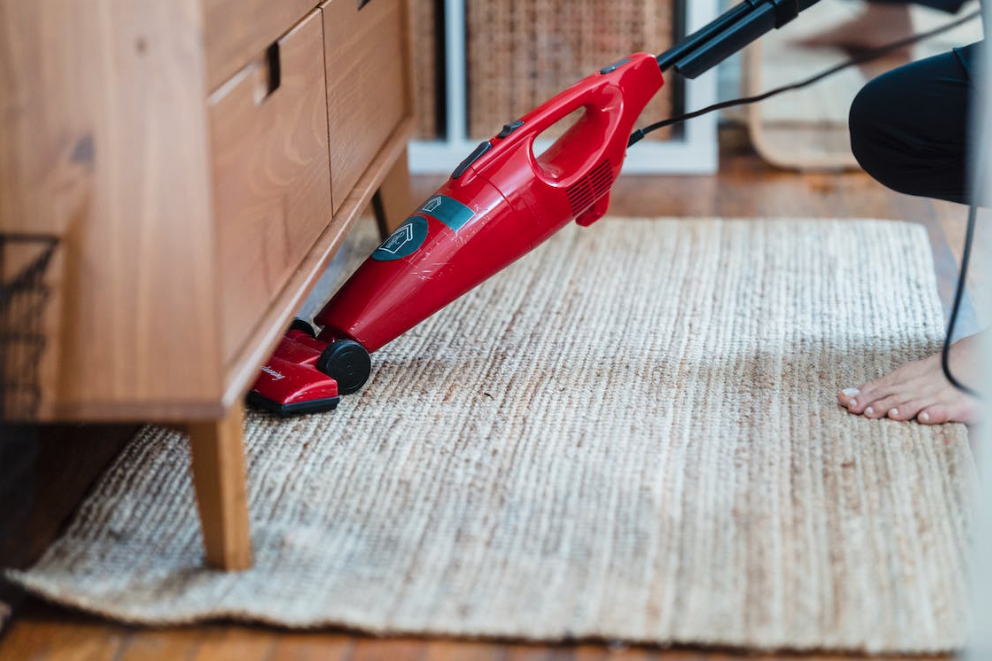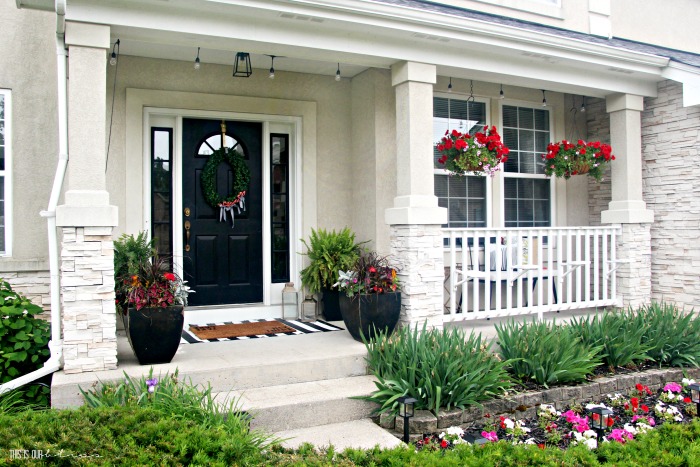Go through every room and collect items you want to donate, throw out or sell
Time Required: 4+ hours
Since this can be a painstaking task for some, do this before you start packing to save you both money and work in the long run.
Take Inventory & Label Everything
Time Required: <1 hour
This is a good time to take inventory of the belongings you plan to keep. Not only will this help you keep track of things in the move, but you'll be able to kill two birds with one stone when you use this intentory for your homeowners insurance.
Pack a Suitecase/Determine your necessities
Time Required: <1 hour
Moving can be chaotic, more chaotic when you can't find a clean pair of underwear and your toothbrush. Depending on where you're at in your preparation process, packing a suitecase with necessities can help you keep more organized with your other moving items. This includes daily necessities, valuable/sentimental items, and imortant documents.

Once you pack, it's time to clear out all of the clutter in the house so you can showcase your home in a simplified manner.
When you prepare your home for sale, there needs to be enough room for buyers and their agents to move around during showings. Moving boxes, large furniture and clutter can be visually unappealing and impede on potential buyers from seeing the home as a blank canvas. Consider moving these items to the garage, a storage shed or consider renting a short term storage unit.
Depersonalizing goes a step farther than simply decluttering by removing any signs of you and your family's presence. This can be a hard one for some, but hey! You're moving anyways, so it's time to pack up items such as your family photos or loud furniture. This is a really important step to not only protect your family's potential safety (family photos), but by also allowing potential buyers to really invision themselves living in the home - sometimes it's kind of hard to do that when you see someone's entire family plastered all over the hallway.

A deep clean never fails to solicit buyer comments like "this house feels solid" or "well-maintained" - even if the house lacks many updates. You can certainly hire a professional if you wish, but that can cost between $150-300, but if you're willing to put in the effort - check out my Home Maintenance Checklist for a more detailed deep clean checklist.
Take your time when cleaning and keep in mind that potential buyers are scoping out their brand new home. Those that are coming to see your house are not simply guests for the evening; they will be on the lookout for potential issues and signs that the ome's maintenance may have been overlooked.

Normal wear and tear can add up over time, especially if you're lived in your home for a long period. From a door that squeaks to a window that sticks or a toilet that runs until you jiggle the handle, it's easy to ignore minor issues that seem like quirks. Buyers, however, may see these quirks as problems that can lower the value of your home - or attempt to use them as bargaining chips during the negotiating process.
Go through your home room by room and note any repairs that need to be made. If you have no idea where to start, it may be a good idea to consider having a Pre-Home Inspection completed. A pre-home inspection can be a great tool in helping you better understand your home prior to listing it, be more transparent with potential buyers, and can sometimes help you get to closing sooner.

When you're preparing your home for sale, some upgrades can increase the value of your home and there are a range of areas you can choose to enhance for future buyers. However, a good thing to keep in mind while making updates is that most home improvments may not give you a 100% ROI (return on investment).
'Type of project' is one of the key factors in determining your renovation's ROI. While obviously the other factors like timing, market and location will make a difference too, there are some common projects that generally provide a better ROI than others. In general, projects that add functional space and square footage add the most value - but let's break it down a little:
Remodeling Kitchen & Bathrooms:
As two of the most utilized spaces in a home, investing in these rooms makes sense for both ROI and quality of life. While renovating your kitchen or bathroom can be the most expensive in terms of construction, you'll get as must out of it as you put in it - in some of the hottest markets, that means a return of 100% or MORE of the renovation costs.
Finishing the Basement:
On average, finishing this space will provide a 70% ROI, meaning you can increase your property value by $700 for every $1000 you spend. With some drywall, flooring and paint, this space offers more heated square footage, which can bump your home into a different price bracket.
Adding funcional space to your home is always a surfire way to get a good ROI when you're doing renovations, and more homeowners in high-income areas expect basements to be functional, livable areas.
Upgrading Curb Appeal:
In addition to enhancing the beauty of your property, certain upgrades also help inprove your home's efficiency and security. Your curb appeal is typcially the first thing homebuyers see when they're looking at your home - you want to have a good first impression, even if they don't go inside.

Now comes the final step: make your home feel like one from a magazine. The goal is to create a great first impression so buyers put your home on top of their list. On average, staged homes sell 88% faster and for 20% more than those that aren't staged, according to realtor.com.
You don't need to spend a lot of money - a few updates can make a room feel new. You don't need to stage you're entire home, but focus on rooms that impress buyers most ie the kitchen, living room, owner's suite and bathrooms. Staging is the art of highlighting your home's features without drowning them out, creating an attractive vision to help buyers see your house as their future home. Staging is certainly a skill and if it seems overwhelming, it may be a good idea to hire a professional.

